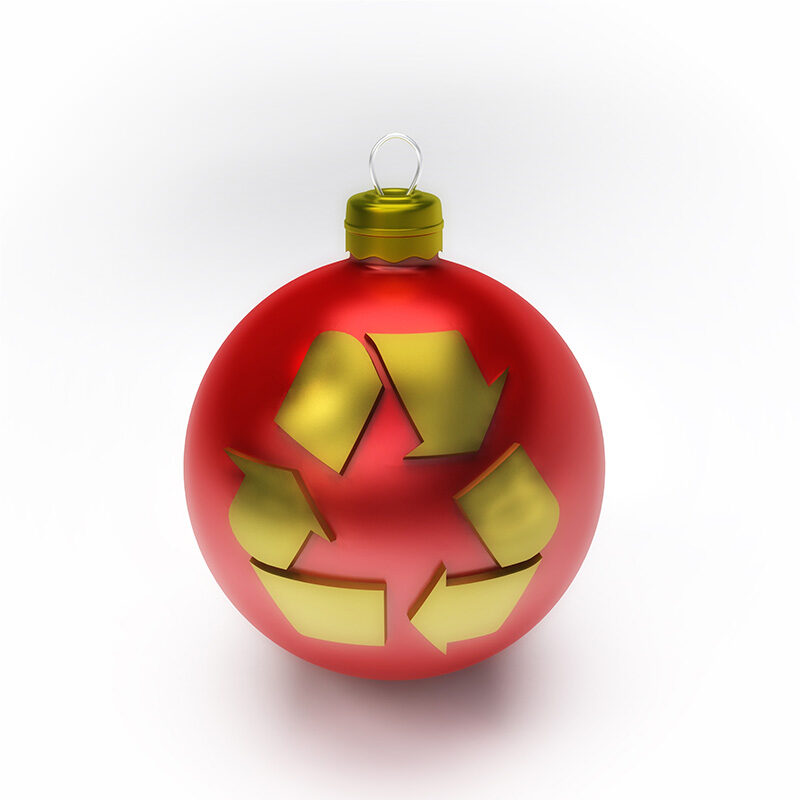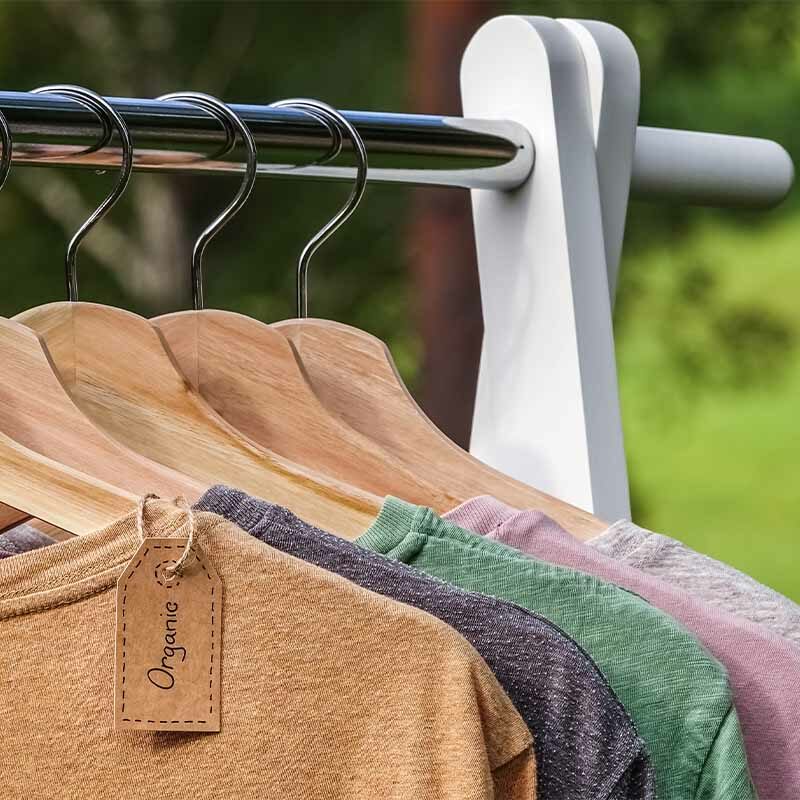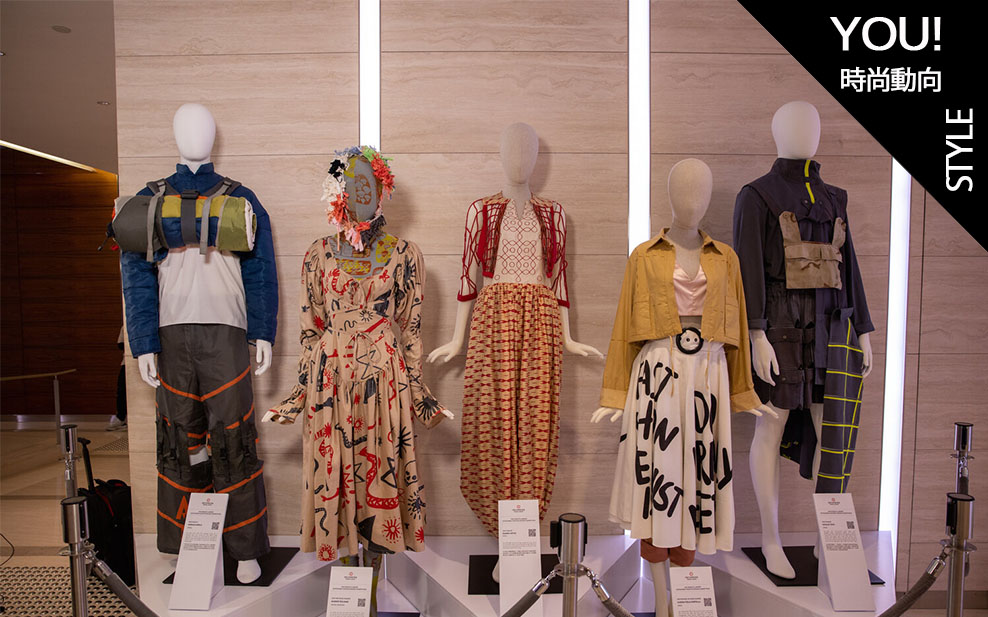
Greening Garments: How Environmental NGOs are Making Hong Kong Fashion Sustainable
Regular patrons of shopping centre clothing departments may find this an unwelcome surprise, but fashion is actually one of the top 5 most polluting industries in the world. It produces 10% of the world’s carbon emissions through the production and shipping of clothes and is responsible for 20% of global water wastage, using 5 trillion litres per year just for dyeing fabrics.
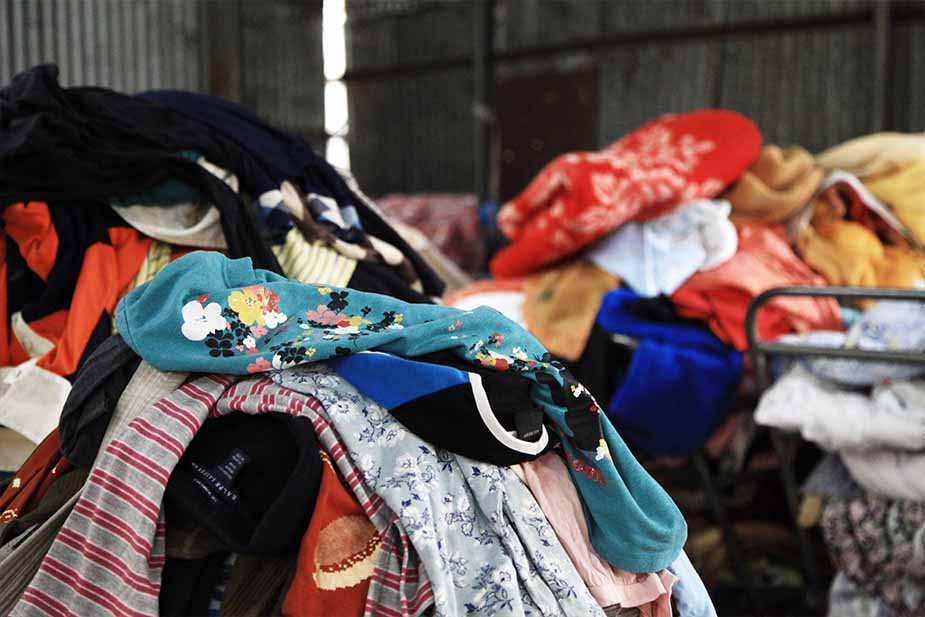
Consumers contribute to around 58% of fashion’s environmental damage with the casual way we treat and throw away clothes. According to a survey by the environmental NGO, Redress, 2 in 5 Hong Kongers keep clothes for one year or less and 30% throw unwanted clothing in the bin. As Hong Kong is one of the top 10 textile importers and exporters with a population of 7 million people (consumers), this equates to a high environmental impact by virtue of so many clothes being bought and dumped in landfills.
Reforming the fashion industry –which has an annual income of US$1.7 trillion– is no easy task, especially given that multiple aspects from supply chains to consumer behaviour to the ethos of brands, all have to be changed. Nevertheless, there are groups in Hong Kong that are working to try and make fashion here at least more sustainable.
Here’s what two of the biggest players –Redress and WWF-Hong Kong– are doing about it.
1. Making Fashion Brands Sustainable
Several major fashion brands have their sourcing offices –where standards and principles of the brand at large are decided– based in Hong Kong. So if these offices can be persuaded to adopt a more eco-friendly code of conduct, it could potentially move a lot of brands and/or their supply chains towards sustainability.
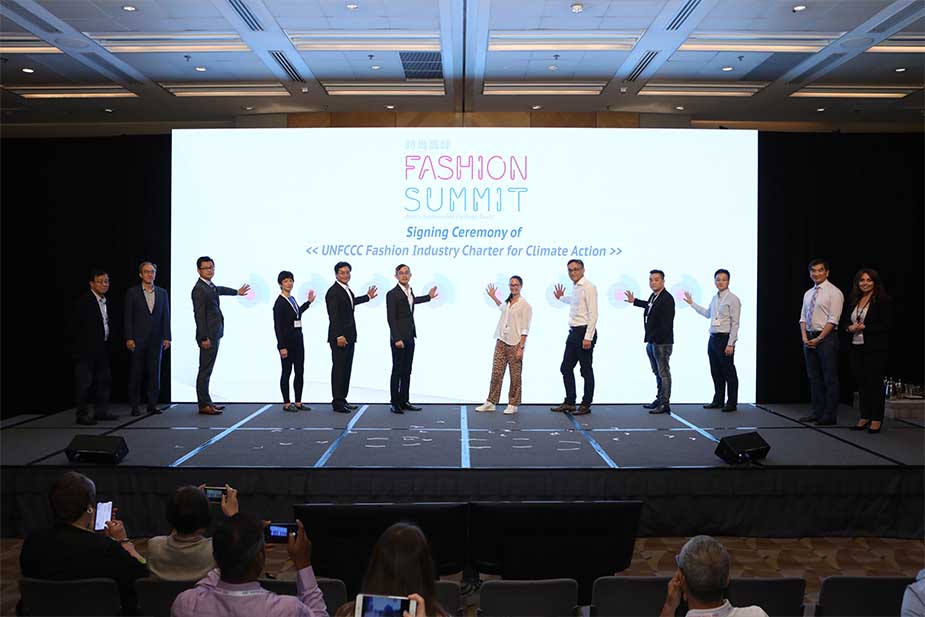
Through its ‘Making Zero Impact Fashionable’ program, WWF-Hong Kong has been engaging with the sourcing offices of four brands here –Puma, Tesco F&F, Hop Lun and Marks & Spencer– to encourage them to adopt more sustainable practices, including setting long term emissions reduction goals. In 2019, it also helped to orchestrate the signing of the UN Fashion Industry Charter for Climate Action by eight local manufacturers, which binds them to take specific actions like phasing out coal-fueled boilers and reducing emissions by 30% by 2030.
2. Greening Garment Production
Historically, Hong Kong was a major garment manufacturing centre. While clothes are no longer physically produced here (instead being made in Mainland China and Southeast Asia), it still has plenty of manufacturing companies. In 2010, WWF developed the Low Carbon Manufacturing Programme (LCMP) to help these companies to measure their factories’ emissions using an online carbon accounting tool.
“Not that many companies are measuring their carbon emissions on a regular basis” says Karen Ho, Head of Corporate and Community Sustainability for WWF. “This tool [is] a very good monitoring tool for the factory owners that will enable them to see if they can meet their carbon reduction goals [under current management practices] or not.”
The LCMP also encourages factories to adopt the best management practices to reduce emissions, including using solar energy to heat water for production lines and recycling waste heat to dry washed clothes and reduce electricity consumption.
To check that companies that join the LCMP actually follow through on improving their practices, every 2 years they are audited by a third party. Depending on their performance, they are then certified with different labels to motivate them to either keep up the good work, or improve by the time of the next assessment. As an extra incentive, WWF honours the best performing companies at an annual awards ceremony.
3. Reducing Waste
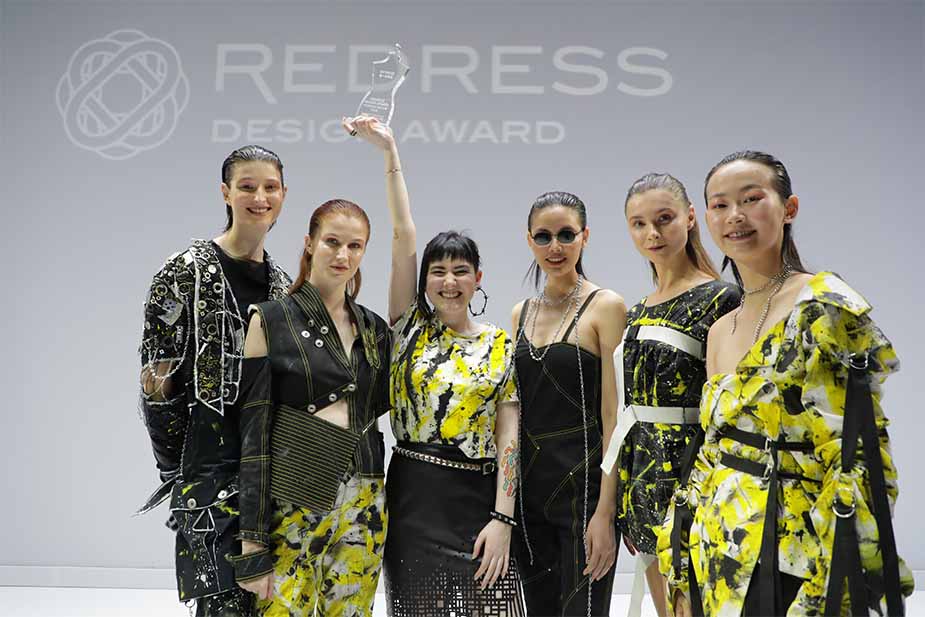
As around 80% of a garment’s environmental impact is generated at the design stage, design is a particularly important process to change in order to mitigate the environmental costs of the fashion industry. One of the more unusual but potentially far-reaching programs tackling this in Hong Kong is the Redress Design Award.
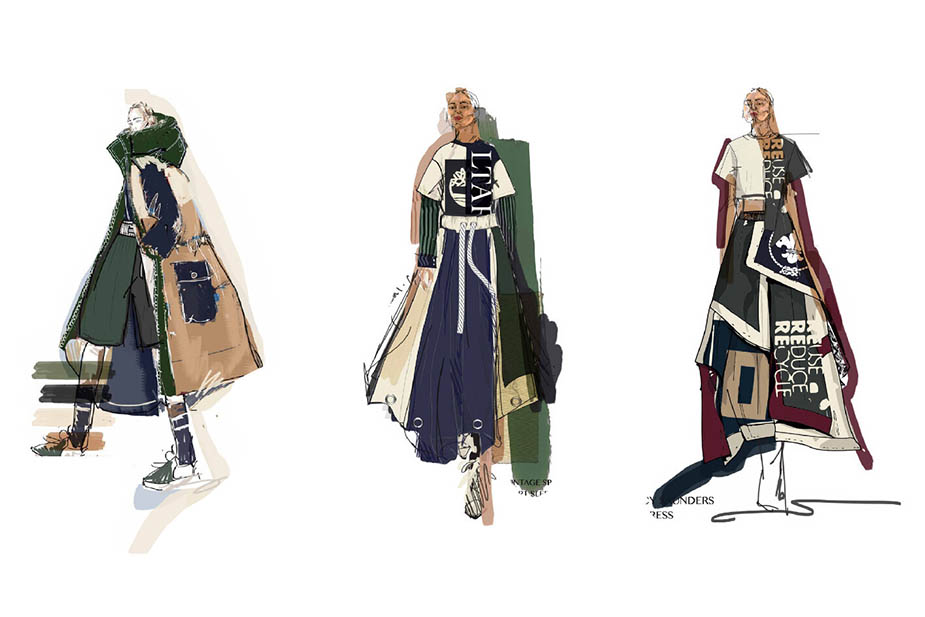
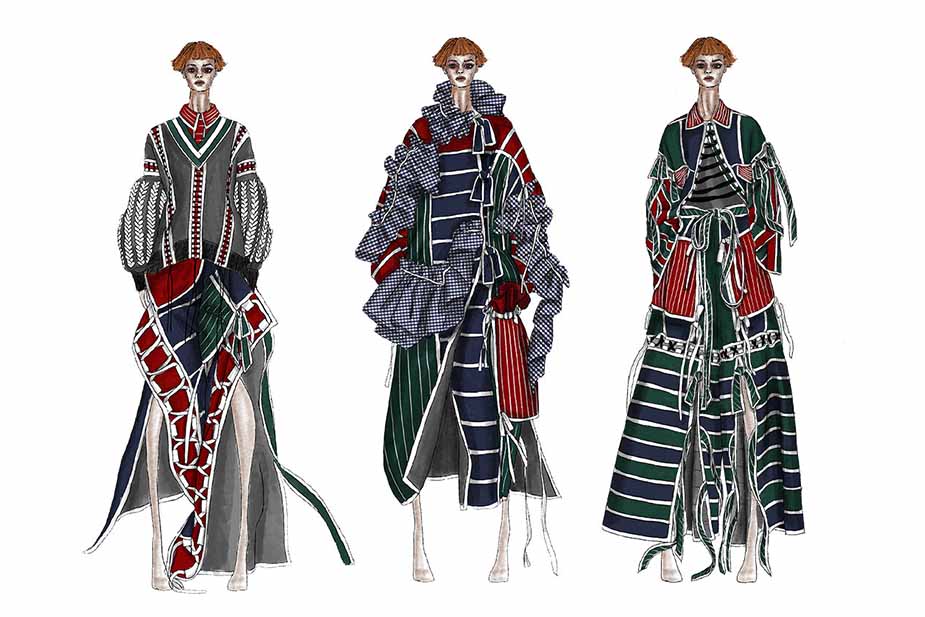
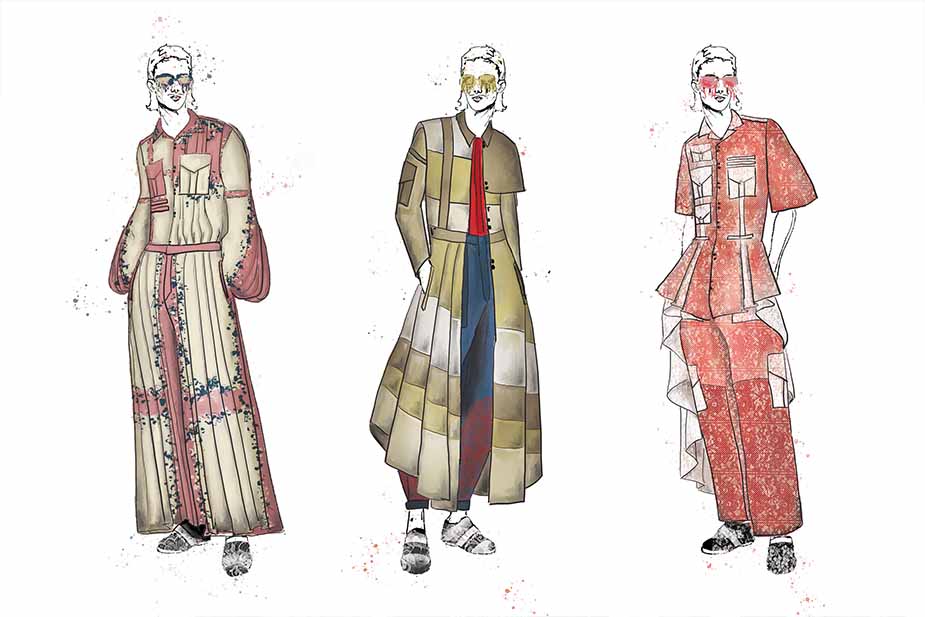
The Redress Design Award involves an annual competition in which 10 young designers (with 3 or less years of industry experience) are selected to design and make collections from all types of clothing and textile waste fabric, such as discards from tailor shops. But more importantly, it also includes an intense education program to teach them skills like sourcing sustainable materials and designing clothes for maximum longevity and recyclability. With a much greater understanding of sustainability and waste reduction, the winning designer is then placed with an established fashion brand for a design collaboration, allowing them to change the industry from the inside.
Significantly, the Redress Design Award also continues to support the designer beyond the competition cycle, with over 200 alumni now benefitting from Redress’ support and a growing number of industry leaders forging waste reduction projects in collaboration with these designers via the programme.
4. Changing Consumer Behaviour
As previously mentioned, consumers contribute to over half of the environmental harm caused by the fashion industry. So in order to minimise that harm, we have an especially big responsibility to change our shopping habits. However, in Hong Kong, low public awareness on the impacts of fashion is a major barrier to such change.
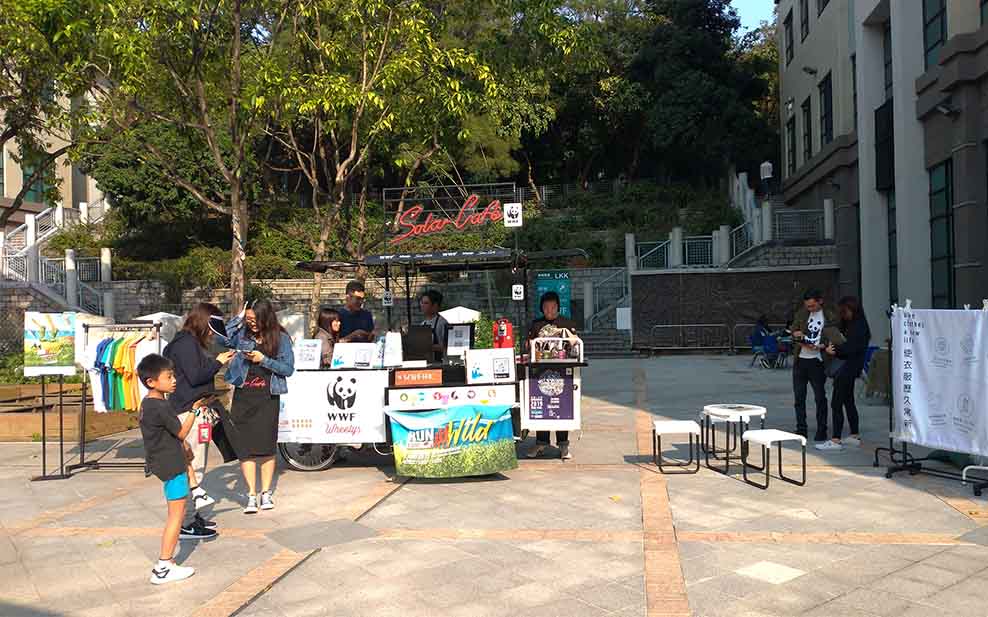
WWF’s contribution to combatting this comes mainly in the form of educational YouTube videos on the environmental costs of fashion and how to shop sustainably. But it also takes more proactive measures. For example, a project by its One Planet Youth program involved running workshops to educate the public on the availability (or lack thereof) of sustainable fashion in Hong Kong shopping centres.
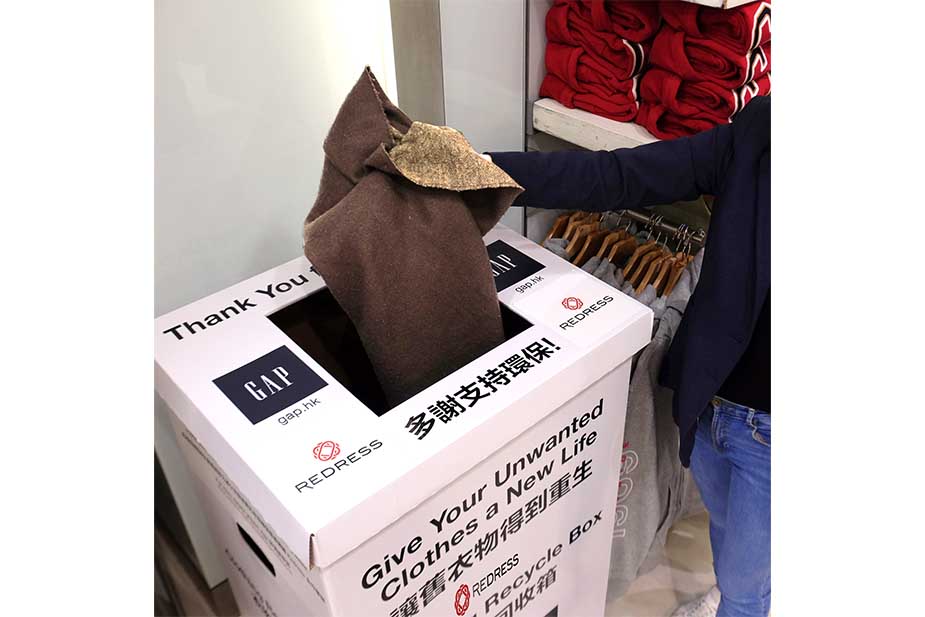
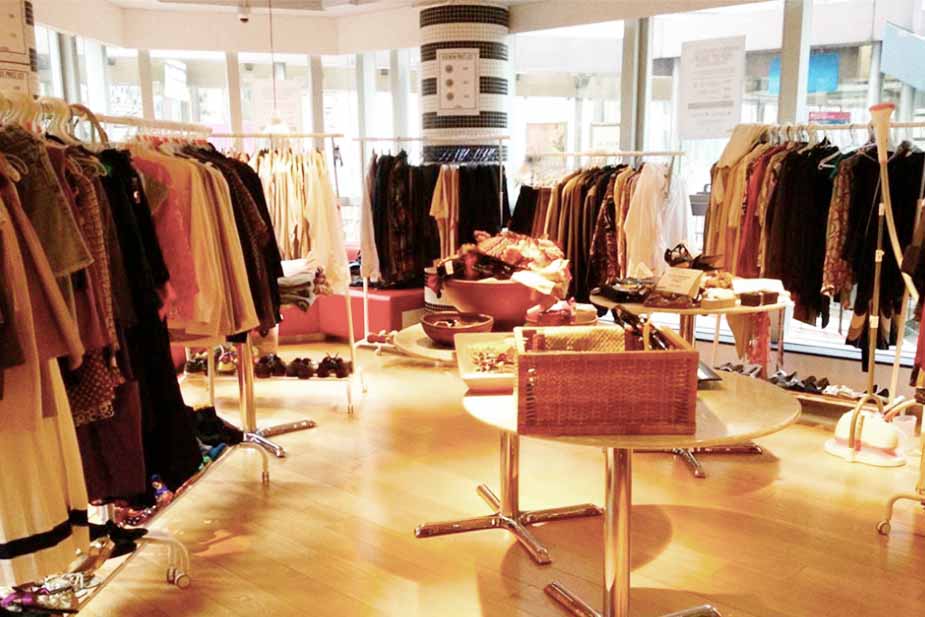
Redress meanwhile has a Takeback program in which consumers are encouraged to place their unwanted clothes in Takeback boxes –which can be found in several clothing outlets across Hong Kong– to be sorted and re-sold at Redress’ pop-up shops, at their main shop in Sham Shui Po, or given to charity. They also hold an annual Get Redressed Month to help raise public awareness of waste in fashion.
Redesigning the Industry?
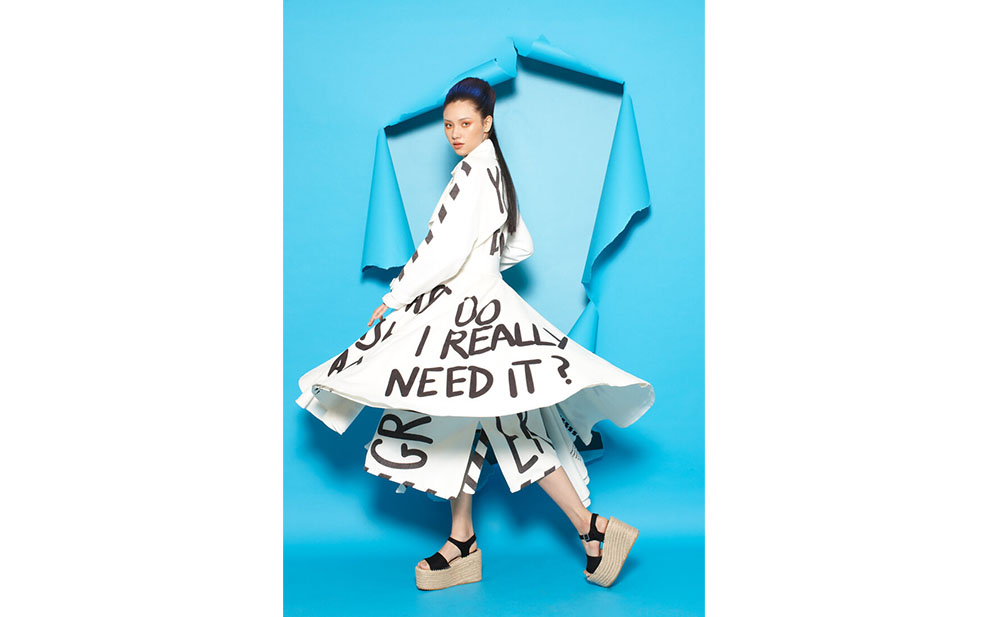
For all of the good work being done by WWF and Redress, the question remains, ‘Is anything actually changing?’
The answer appears to be a tentative ‘yes’.
Despite Hong Kong’s throwaway approach to fashion, there are signs that the tide may at last be beginning to turn. In the last few years, conversations on sustainable fashion have started to become more commonplace on local television, and in the same timeframe second-hand shopping seems to have become more popular, as evidenced by the increased customer traffic in Redress’ shops.
“In the last 2-4 years their popularity has exploded” says Nissa Cornish, executive director for Redress. “We have repeat customers at every single one. New customers who perhaps have never shopped secondhand before.”
Cornish also notes that interest in the Redress Design Award (from sponsors, brands, etc.), has grown dramatically in the last 4-5 years, indicating an interest in sustainable fashion that, while not yet at a tipping point of becoming mainstream, is definitely getting there, reflecting a broader trend towards waste reduction that is occurring in the global fashion industry.
“The overall environment in the fashion industry is really starting to embrace re-sale and that really helps Hong Kong because we’re more of a trend-follower than a trend-setter” she says. “We’re here to help push that.”
But as much as Redress and WWF may be helping to push the trend, we as consumers have to make sure it continues. Beyond supporting these organisations and educating yourself and others on the environmental impacts of fashion, here are some practical tips from WWF on how to be a more sustainable shopper:
- Consider whether you need the clothes you want and stop impulse buying.
- Explore second-hand clothing.
- Check care labels and take good care of every clothing item accordingly.
- If you can’t think of something to wear, inspect your closet and choose something you haven’t worn for a long time.
- Repair damaged clothes.
- Shop for quality, not for quantity. Good quality clothes last longer and aren’t so easily damaged.
- Choose clothes made from sustainable materials (e.g. BCI cotton or recycled fibres).
Want to learn more about sustainable materials? Check out my article on sustainable cotton.
Written exclusively for WELL, Magazine Asia by Thomas Gomersall

Thank you for reading this article from WELL, Magazine Asia. #LifeUnfiltered.
Connect with us on social for daily news, competitions, and more.

